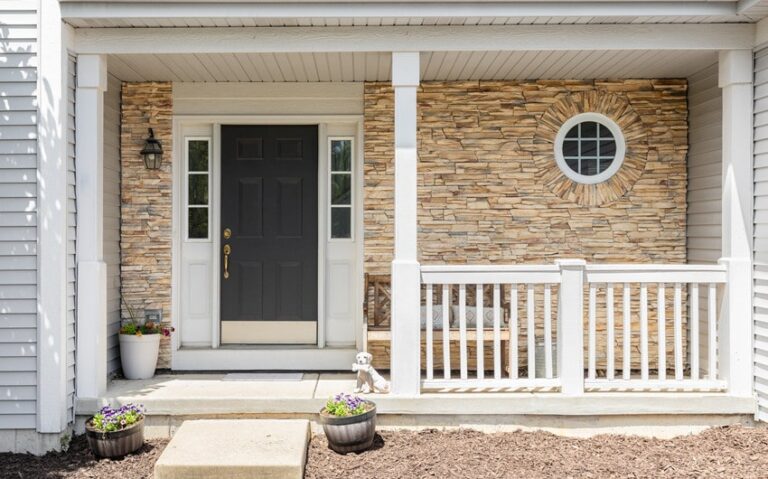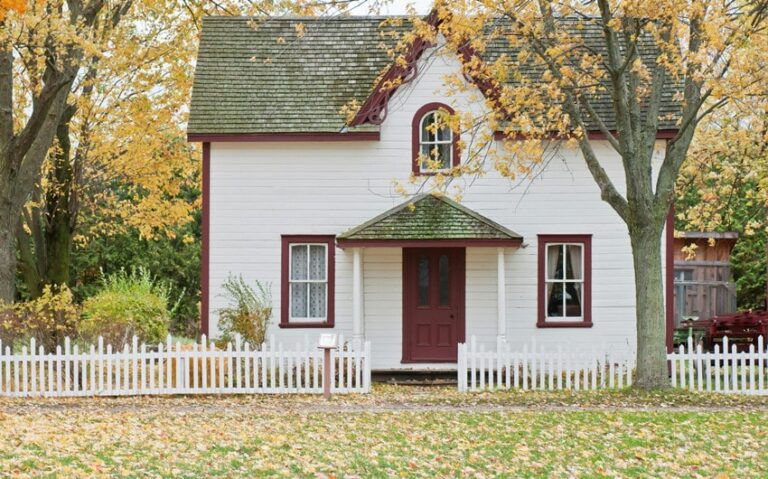How to Budget for Your Next Home Renovation
Have you ever walked through your home and thought, “This place could really use a makeover”? Whether you’re dreaming about a new kitchen, bathroom upgrade, or a fresh coat of paint throughout, home renovations are exciting — but they also come with a price tag. Living in a place like Chicago, Austin, or anywhere across the U.S., the cost of materials and labor can vary widely. That’s why having a solid plan and budget is essential to avoid stress and surprises. Renovating your space doesn’t have to break the bank if you approach it wisely.
In this blog, we will share practical steps to help you budget for your next home renovation.
Know Your Renovation Goals
Start by clearly defining what you want to renovate. Are you planning a small bathroom update or a full kitchen remodel? Knowing your goals will help shape your budget. It also keeps you focused so you don’t start adding extra work that increases your costs. Write down your priorities and decide which parts of the renovation are “must-haves” and which are “nice-to-haves.” That way, if you need to cut back, you already know what can wait.
Once you set your goals, take some time to research similar renovation projects. Look at pictures, talk to friends or neighbors, and gather ideas that match your needs and budget. Being specific about your goals will also help contractors understand what you’re looking for. This reduces the risk of miscommunication and helps you stay within your set budget.
Understand Your Financial Situation
Before calling contractors or shopping for tiles, check your finances. Figure out how much money you have saved and how much you’re willing to spend. Some people use savings, others take out a loan, or use a mix of both. It’s important to know what monthly payments you can afford if you’re borrowing money. A helpful tool like a personal loan calculator can show you what your payments might look like over time. This can help you decide how much to borrow and how long it will take to pay it off.
Being honest about your financial limits helps you avoid debt you can’t manage. Review your income, monthly bills, and any other expenses you have. Set a comfortable budget that won’t affect your daily life too much. Remember, renovations are a choice, not an emergency. You want to improve your home without making your financial life harder. Keep your plans realistic and flexible.
Get Quotes from Multiple Contractors
Once you have your goals and budget in place, it’s time to talk to professionals. Reach out to at least three different contractors. Share your ideas and ask for itemized quotes. This helps you compare labor and material costs easily. Don’t go with the cheapest option right away. A low price might mean low-quality work or missing services. Look at each quote carefully to see what is included.
Ask contractors if they offer warranties, how long the job will take, and whether they have insurance. A trustworthy contractor will answer all your questions clearly and provide references from past clients. Once you compare quotes, pick the one that fits your budget and gives you confidence in their work. Getting multiple opinions also helps you avoid scams or being overcharged.
Plan for Hidden Costs
One of the biggest renovation mistakes is not planning for the unexpected. Walls can hide mold, plumbing issues, or bad wiring. These hidden problems can raise your final bill. Most experts suggest setting aside 10-20% of your total budget for surprises. That way, you won’t panic if something unexpected shows up.
Besides repairs, there are other hidden costs like permit fees, cleanup, or price changes in materials. These might not be obvious at the start, but they add up. Ask your contractor to help you spot possible problem areas early. Planning for these extras gives you peace of mind and keeps your renovation from going over budget.
Decide What You Can DIY
Doing part of the work yourself can save a lot of money. Simple tasks like painting, removing old cabinets, or installing shelves are great DIY jobs. If you’re handy, you might even lay tiles or handle light carpentry. Just make sure you know your limits. Don’t take on electrical or plumbing work unless you’re trained to do it.
Before starting DIY tasks, add up the cost of tools and supplies. Sometimes buying new tools can cost more than hiring a pro. Also, think about your time. If the project takes up too many weekends or evenings, it might not be worth the stress. Choose your DIY tasks carefully to save money without risking quality or safety.
Shop Smart for Materials
Buying your own materials is another way to stick to your budget. Contractors often add a markup on materials they buy, so purchasing them yourself can save money. Visit local home improvement stores, check online sales, and don’t be afraid to ask about price matches or discounts. Look for clearance items and consider slightly used fixtures from salvage stores or online marketplaces.
Focus on getting the best value, not the cheapest item. Cheap materials may wear out faster or look worse over time. For example, budget-friendly cabinets with strong hardware are better than fancy but flimsy ones. Always bring measurements with you and double-check return policies. Shopping smart helps you get quality without overspending.
In conclusion, budgeting for a home renovation doesn’t have to be scary or complicated. With the right plan, you can upgrade your space in a way that fits your goals and your wallet. Start by setting clear renovation goals and understanding your finances. Then, take smart steps like comparing quotes, saving for hidden costs, and tracking every dollar. You don’t need a massive budget to make a big difference in your home. Just a little planning, patience, and smart choices. Every decision you make should bring you closer to a space that feels more comfortable, more useful, and more you.




